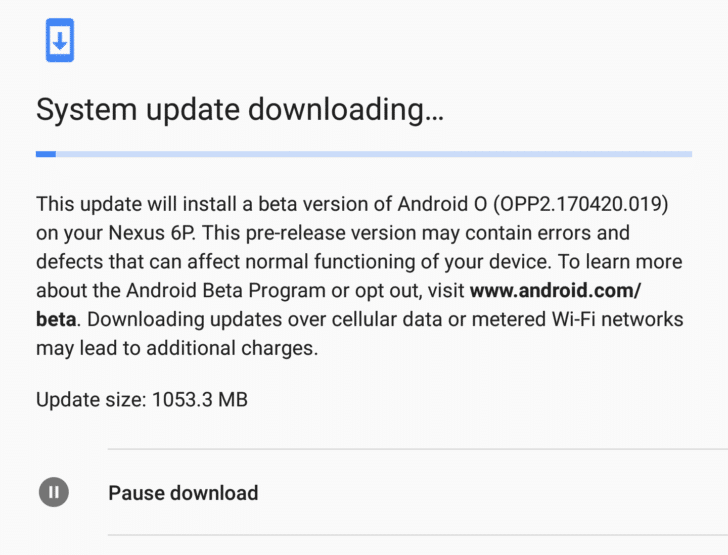
Since the release of Android Lollipop, Google has been relentlessly working on improving the efficiency, performance, and battery life management of Android. With Marshmallow, the company introduced Doze and with Nougat, it introduced an even refined version of Doze to further improve battery life. Now, with Android O, Google is introducing another new feature to effectively manage resources: background limits.
The feature will work similar to Apple’s implementation in iOS, just a bit more lenient and only related to three types of activities: location updates, implicit broadcasts, and background services.
By limiting apps from continuously asking for your location, Google is hoping to save precious battery life of your device. Similarly, by limiting the background services and implicit broadcasts, Google will be able to keep rogue apps in check from slowing an Android device by occupying precious resources and silently draining its battery. These restrictions apply not only to third-party apps but also to Google’s own apps and services including Google Play Services.
This should mean that when your device gets the Android O update towards the end of this year or next year, you should see a noticeable improvement in battery life — assuming all other factors remain constant.
This also means that apps that will not be updated for Android O might have some compatibility issues with the new background limits feature of the OS. Hopefully, developers will be quick to solve this issue by releasing updates for their apps.
If you are a developer, make sure to check Google’s detailed explanation on background limits here.
Read: Android O Features: All the New and Hidden Features We’ve Found So Far
















